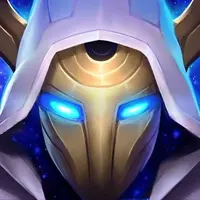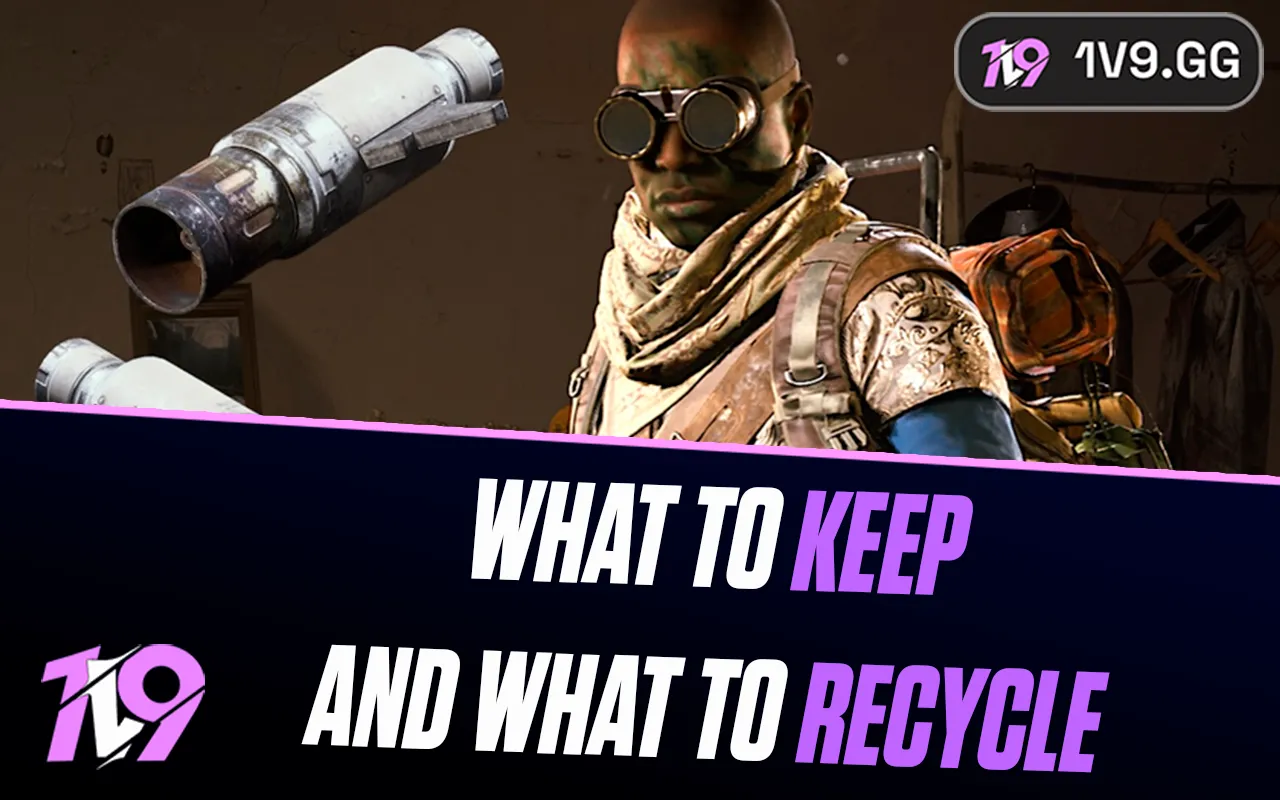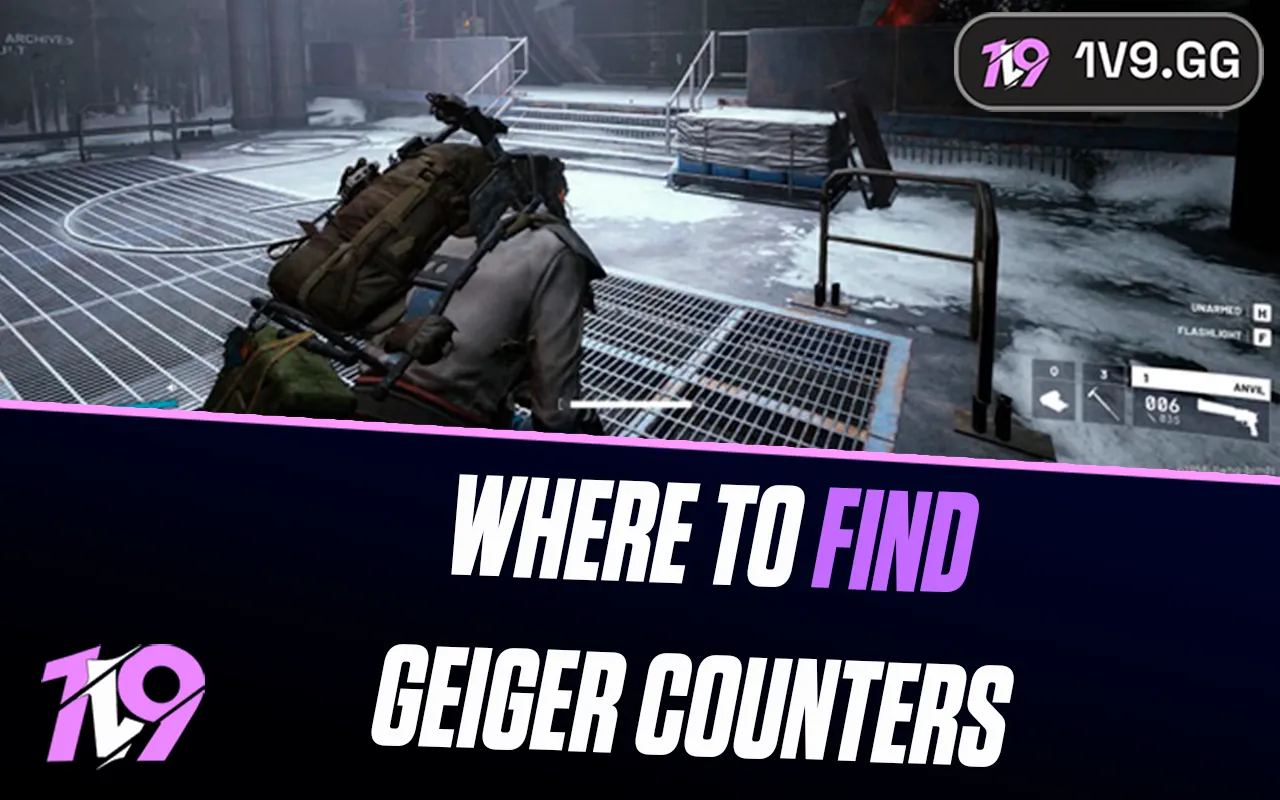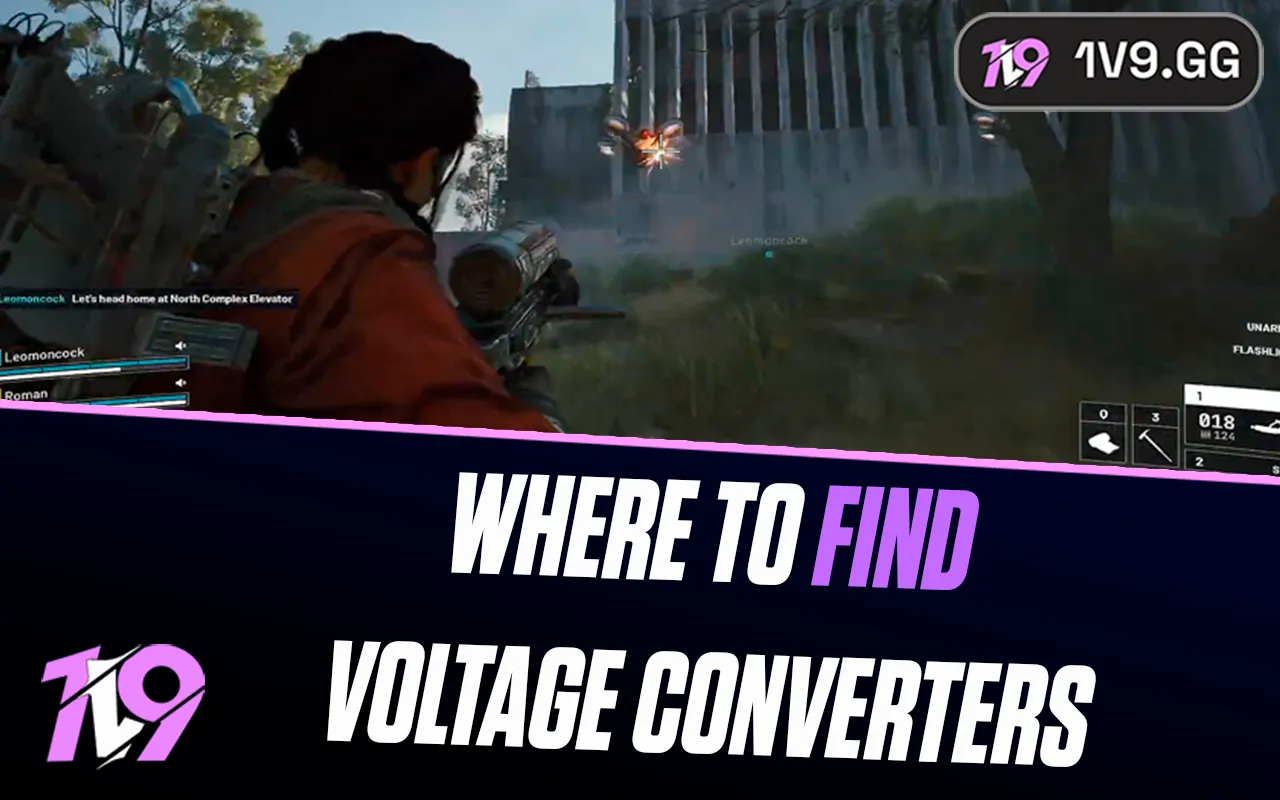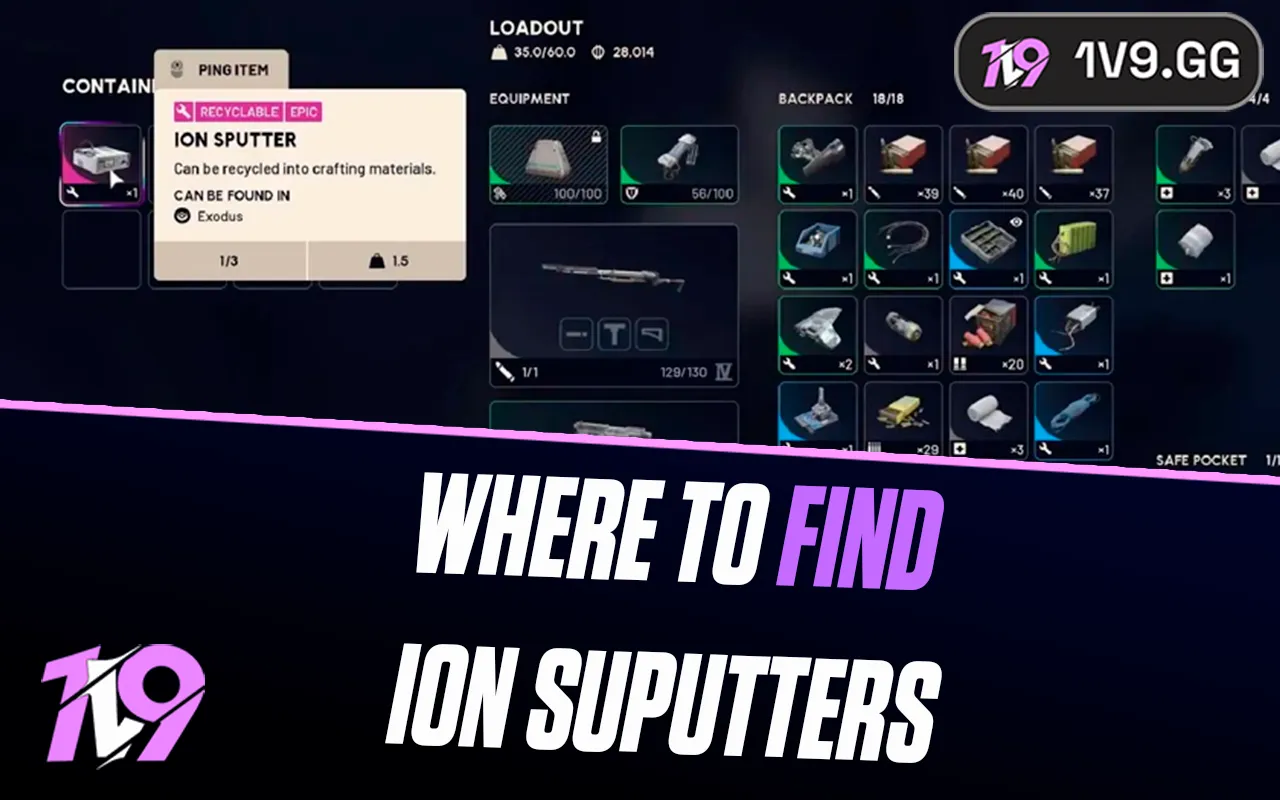
Dota 2 vs League of Legends: Full In-Depth Differences Explained
The rivalry between DOTA 2 and League of Legends (LoL) epitomizes the MOBA (Multiplayer Online Battle Arena) genre's pinnacle, attracting distinct player demographics through their unique gameplay philosophies and community cultures. While both games share the foundational MOBA structure, they diverge significantly in execution, appealing to various gaming preferences and styles.
DOTA 2, developed by Valve, prides itself on its depth in strategic complexity and variety, offering a vast array of abilities, roles, and a steep learning curve that rewards thorough research and strategic finesse. This approach has cultivated a dedicated and passionate fanbase that thrives on the game's intricate mechanics and the high stakes of team coordination and individual skill.
Conversely, Riot Games' League of Legends captures the essence of accessibility and vibrancy, targeting a broader audience with its engaging aesthetics, streamlined gameplay, and an intuitive system that lowers the entry barrier for new players. The game's vibrant universe, replete with an extensive roster of champions and customizable skins, alongside a more forgiving learning curve, fosters a welcoming environment for casual gamers and newcomers alike.
This comparative analysis aims to illuminate the distinctive features and philosophical underpinnings of DOTA 2 and League of Legends, offering insights into which game might best align with your personal gaming preferences, whether you gravitate towards the strategic depth and hardcore commitment of DOTA 2 or the accessible, community-friendly atmosphere of League of Legends.
Map and Roles

Exploring the "A" in MOBA, the arena or map, is a pivotal starting point in understanding the allure of these games. Both League of Legends (LoL) and DOTA 2 are designed around a tri-lane structure, comprising top, middle, and bottom lanes, with jungles weaving through these lanes to separate them. This geographical setup forms the battleground where players vie for dominance.
A key distinction emerges in the role distribution between the two games. DOTA 2 diverges from the conventional MOBA template by not having a fixed jungler role, which leads to a more dynamic interaction within the jungle areas as players roam in search of advantages. In contrast, LoL typically features a dedicated jungler, focusing on ambushing lanes and controlling jungle objectives.
The jungle itself is a treasure trove of monsters or creeps, providing gold and experience upon defeat. Special creatures like LoL's Baron and Dragons, or DOTA 2's Roshan, offer pivotal buffs or resources, although LoL places a greater emphasis on the strategic value of these buffs compared to DOTA 2's focus on gold rewards.
Furthermore, DOTA 2's jungle is uniquely interactive, filled with trees that can be manipulated—either as obstacles or tactical elements to be cleared or used for strategic maneuvers. This feature adds an additional layer of depth to DOTA 2's map, making it feel more alive and complex compared to LoL's relatively straightforward jungle terrain, which primarily houses creatures for players to battle. This distinction in map design and role dynamics significantly influences the strategic approaches and gameplay experiences unique to each title.
Playable Characters

In the realm of MOBAs, the cast of playable characters significantly shapes the gameplay experience. League of Legends (LoL) and DOTA 2 both boast extensive rosters of characters, yet the philosophy behind their design and accessibility contrasts sharply, influencing player strategy and game dynamics.
LoL champions often feature abilities that resonate with each other, streamlining the learning curve and allowing players to quickly adapt to different characters. While many champions are straightforward to pick up, certain outliers like Twisted Fate and Kled offer a unique skillset, adding depth and variety. This design ethos fosters an environment where players can comfortably explore different champions while navigating the game's strategic complexities.
Conversely, DOTA 2's heroes are celebrated for their distinctiveness, with each character bringing a unique set of abilities that can drastically alter the flow of a match. From a hero commanding a legion of creeps to another capable of duplicating itself across the map, or even one juggling nine spells, mastering these heroes often requires dedicated research and practice. This diversity underscores the importance of strategy and adaptability, enriching the game's tactical depth.
A fundamental difference between the two games lies in the accessibility of their characters. DOTA 2 offers its entire hero roster for free, a model that contrasts with LoL's approach, where champions must be unlocked through gameplay or with real currency. This distinction has led to debates about the "pay to win" nature of LoL, as access to a broader selection of champions can offer strategic advantages.
In terms of character scaling and roles, LoL champions are designed to scale intrinsically, relying on their own abilities to become formidable as the game progresses. This design supports varied playstyles—Assassin, Fighter, Mage, Marksman, Support, and Tank—though champions are generally confined to their designated roles. It's not uncommon to see individual champions significantly impacting the game's outcome through their scaling potential.
On the other hand, DOTA 2 emphasizes external scaling, where the synergy between heroes and teamwork is paramount. The game allows for flexible hero builds, enabling players to adapt their roles—Carry, Support, Nuker, Disabler, Jungler, Durable, Escape, Pusher, and Initiator—based on the match's dynamics and team needs. This flexibility encourages a more collaborative approach to strategy, highlighting the game's focus on teamwork and adaptability.
Animations
Delving into the realm of animations and visuals reveals another layer of distinction between DOTA 2 and League of Legends (LoL), which significantly influences the gameplay experience and player immersion. The tactile feel and visual feedback from in-game actions play a critical role in how players interact with and perceive each game.
When juxtaposed, DOTA 2's animations may present a more deliberate and measured tempo, often described as feeling "clunky" or "sluggish" compared to LoL's. This characteristic stems largely from DOTA 2's unique mechanic of hero-specific turn rates. Each hero in DOTA 2 takes a different amount of time to change direction, a feature that introduces an additional strategic layer but also impacts the game's fluidity. Furthermore, executing animation cancels or halting auto-attacks in DOTA 2 demands precise timing and skill, adding to its steep learning curve.
In contrast, LoL champions exhibit a smoother and more responsive animation system. The game incorporates various animation cancelling techniques, including the ability to cancel spell animations and auto-attacks. These mechanics contribute to LoL's dynamic and fluid gameplay, where actions feel more immediate and responsive, enhancing the overall pace and making the game feel more intuitive.
Moreover, LoL offers players the opportunity to customize their champions' recall animations through the purchase of skins, adding a layer of personalization and visual diversity. While these animations are purely cosmetic and do not influence gameplay mechanics, they allow players to express individuality and style on the battlefield, enriching the gaming experience with a personal touch.
These differences in animation and visual feedback between DOTA 2 and LoL not only reflect the distinct design philosophies of each game but also cater to diverse player preferences, contributing to the unique charm and appeal of each title within the MOBA genre.
Shop and Items
he mechanics of shopping and itemization in MOBA games are crucial for enhancing player strength and adapting strategies throughout a match. League of Legends and DOTA 2 each approach this aspect with distinct systems that influence gameplay dynamics and decision-making.
In League of Legends, the shop's role is a critical hub, located at the spawn point, where players start each match and can return to purchase items. Players typically utilize the recall function to teleport back to base, allowing them to replenish health, mana, and acquire new items. This mechanism necessitates strategic timing for recalls to minimize downtime and maximize efficiency on the battlefield.
DOTA 2 introduces a nuanced layer to item acquisition with its courier system. This feature permits players to buy items from anywhere on the map and have them delivered directly to their location, eliminating the need to return to base solely for shopping. This system encourages continuous engagement in lanes and strategic areas, fostering a dynamic gameplay environment where tactical positioning and map control are paramount.
Item diversity and functionality between the two games further highlight their strategic philosophies. League of Legends opts for a more straightforward item system, focusing on augmenting a champion's damage output or durability. This approach often leads to standardized builds, with items selected to optimize a champion's core attributes and roles within a team.
Conversely, DOTA 2's item pool is rich with variety, featuring a wide array of active abilities and situational benefits. This diversity encourages players to make strategic item choices based on the evolving context of the match, offering tools for escape, engagement, or utility. The complexity of DOTA 2's items adds depth to the game's strategic layer, requiring players to not only understand their hero's capabilities but also how to effectively counter opponents and adapt to the game's flow with appropriate itemization.
These contrasting systems reflect the unique tactical depth and gameplay style of each game, with League of Legends emphasizing strategic recall timing and efficient base returns, while DOTA 2 rewards strategic item usage and innovative courier management to maintain an active presence on the map.
Extra Content
Beyond the core gameplay, the realm of extra content plays a pivotal role in enriching the player experience and fostering a deeper connection to the game universe. When it comes to additional content, League of Legends sets a high bar, offering an expansive suite of multimedia experiences that extend well beyond the confines of the game itself.
League of Legends distinguishes itself with a deeply woven lore that is continually expanded through various mediums, including professionally produced animated music videos that coincide with the annual Worlds championship event. This approach not only serves to enrich the game's backstory but also engages the community in a unique, immersive manner. Additionally, Riot Games has ventured into diversifying the League universe through the development of side games spanning multiple genres, promising even more variety and depth to their ecosystem. The crown jewel in League's extra content offerings is arguably the critically acclaimed Netflix series "Arcane," which has captivated audiences worldwide with its storytelling, animation, and depth, further solidifying League's cultural impact beyond gaming.
On the other hand, DOTA 2's approach to extra content, while more modest, still holds its merit. Valve has produced two seasons of a well-received show, contributing to the narrative expansion of the DOTA universe. Although the reception has been positive, it hasn't reached the widespread acclaim or cultural penetration achieved by League of Legends' "Arcane." This disparity in extra content offerings highlights the different strategies employed by Valve and Riot Games in engaging their audiences and expanding their game's reach and influence.
This comparison underscores a broader strategy in game development and community engagement, where League of Legends leverages a wide array of content to deepen player immersion and extend its brand into various forms of entertainment, while DOTA 2's more focused approach still enriches the game's world but on a scale that's yet to rival the expansive universe building seen in League of Legends.
Conclusion
The comparison between DOTA 2 and League of Legends reveals a fascinating study in contrasts, each with its distinct appeal and strategic depth within the MOBA genre. From the nuanced differences in map design and character roles to the distinct approaches to animations, shop mechanics, and itemization, both games cater to a wide spectrum of player preferences and strategic inclinations. DOTA 2 emphasizes complexity, strategic diversity, and a steep learning curve, offering an in-depth and rewarding experience for players who delve into its mechanics. Its unique features, such as hero-specific turn rates and the courier system, underscore its commitment to a deeply tactical gameplay experience.
League of Legends, on the other hand, shines in its accessibility, vibrant character design, and a more streamlined approach to gameplay mechanics. Its emphasis on smooth animations, straightforward itemization, and additional content, including expansive lore and multimedia ventures, make it a culturally impactful force that extends well beyond the gaming community.
The extra content provided by both games, especially the significant difference in the breadth and impact of multimedia extensions, highlights their divergent strategies in community engagement and universe expansion. League of Legends' ambitious ventures into animated series, music videos, and side games have broadened its appeal and deepened its lore, while DOTA 2's more focused offerings still enrich its universe, albeit on a different scale.
Ultimately, whether players gravitate towards the strategic depth and complexity of DOTA 2 or the accessible, content-rich world of League of Legends, both games stand as titans within the MOBA genre. Each offers a unique doorway into the exhilarating world of strategic competition, community, and storytelling, underlining the rich diversity and enduring appeal of MOBAs to gamers around the globe.
Posted On: February 10th, 2024
Recent Articles
💬 Need help?
Our 1v9 support team is available 24/7 to help you with any questions or issues you may have.
support@1v9.gg
Loading...
1v9.gg is not endorsed or affiliated by any game developers or publishers.
2025 1v9, All Rights Reserved, Created By NightDev

